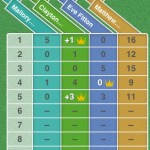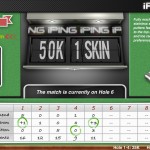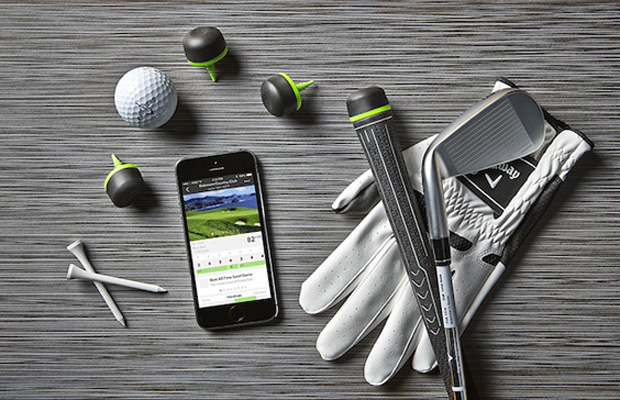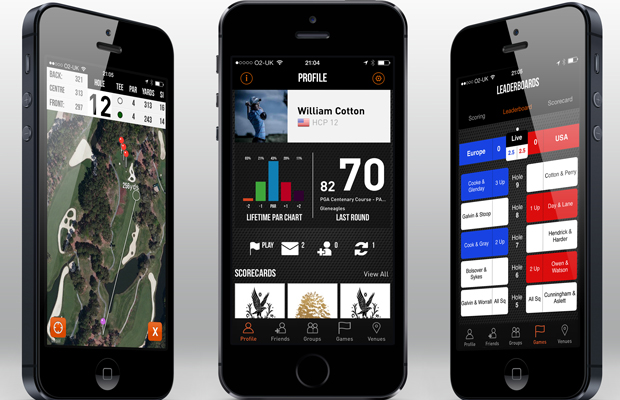Equipment
iPING version 1.2 is here
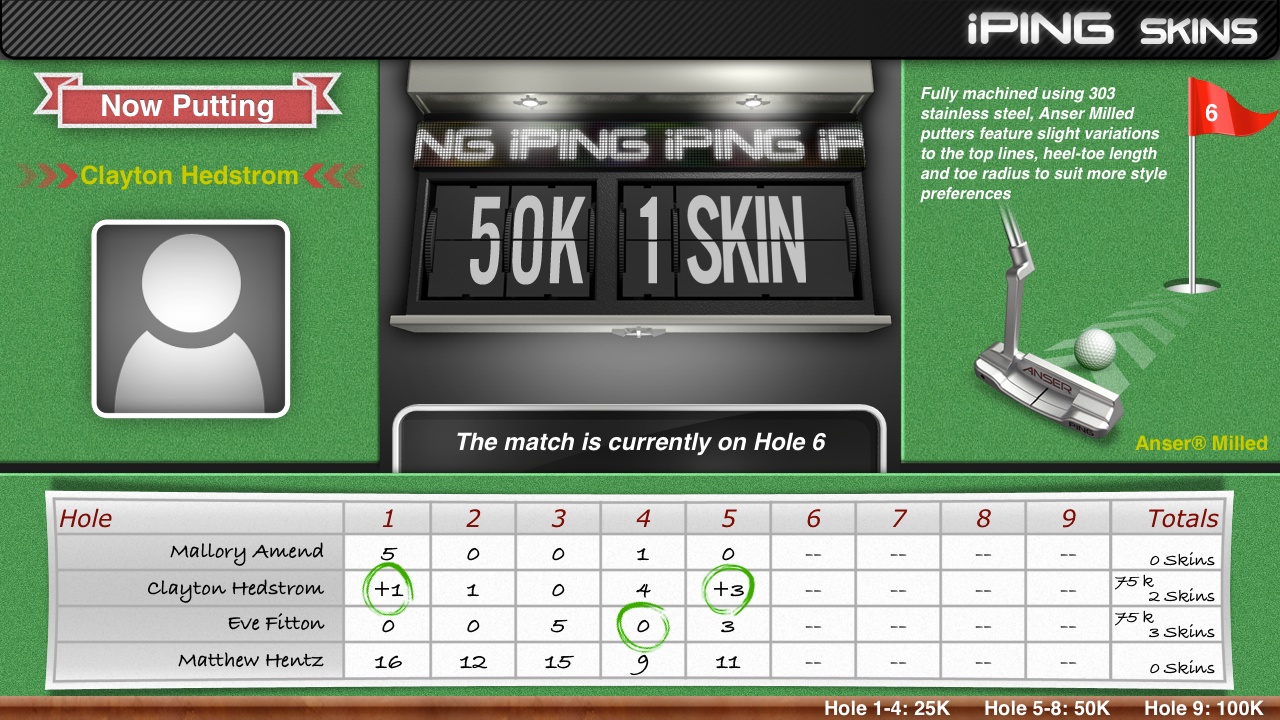
Having the right tools makes all the difference. That’s the reason golfers carry 14 clubs in their bags. After much time and practice, good golfers learn which tool is right for the job.
But even the best golfers sometimes have trouble deciding what putter to use. Since putters are offered a wider variety of options and styles than any other club, it is the most tinkered with tool in nearly every golfer’s bag. It’s also the most important club, accounting for about 40 percent of a player’s score.
That’s why the GolfWRX staff called last summer’s release of iPING a “game changer.” Click here to read the original thread
iPING is an application available for Apple iPhone 4, iPhone 4S and fourth-generation iPods that allowed players to better understand the path, rhythm and length of their putting strokes. This technology was nothing new – sophisticated hardware that studied these variables had been available for a while. But it had never been cheap or convenient.
iPING made it cheap and convenient. To use iPING, all a player needed was a $30 PING cradle that fit nearly every type of putter, a compatible iPhone or iPod, and the iPING app (available through Apple’s App Store for free). Maybe more important was that iPING was completely portable, unlike other high-tech putting devices that needed bulkier hardware and extensive setup.
Usually, affordability and convenience come with sacrifices compared to larger and more expensive devices, but iPING didn’t compromise. In fact, it added PING software called iFIT, which analyzed loft, lie angle, and length, as well as a player’s stroke tendencies. Through PING’s “Fit for Stroke” system, iFIT was able to recommend the best type of PING putter for a player. The trick to iPING was using the acceleramators and gyroscopes that were already built into compatible Apple mobile devices to measure all the movements in the putting stroke. With the hardware taken care of by Apple, all that was left for PING engineers like Dr. Paul Wood to do was design application that could interpret the raw data.
“The important thing to bear in mind is that we already had a bunch of research behind us from using other measurement devices,” Wood said. “When the idea for iPING itself came along we were ready to pounce. And from the first data we took with an iPhone to iPING being released was only about six months. That’s a very aggressive time frame.”
Today PING released version 1.2 of iPING, which includes a new “Skins Game” feature. The first versions of iPING measured a player’s consistency score, or “putting handicap,” which was based the repeatability of a player’s stroke. iPING would grade a player’s consistency based on five 10-foot putts. An iPING user could use the results to improve their putting handicap, and compare it against PING staff players featured on the app.
The Skins Game feature in version 1.2 of iPING allows users to test their putting prowess against iPING users throughout the world. Through Apple’s Game Center, a player can choose a three, six, or nine-hole match and can invite up to three friends to join, or let the Auto-Match feature locate playing partners.
“Game Center’s turn-based technology alerts users to their next turn via the new Notification Center in [Apple] iOS 5,” according to a PING press release. “The game format follows a traditional skins competition where holes have point values, which increase throughout the match, and ties on a hole carry over until someone wins a hole (and the skins) outright. The person with the most points at the end of the match wins.”
The iPING Skins Game also has a party mode for contestants in the same location, which can use Apple AirPlay to show live leaderboards on an HD television using an existing wireless network and an Apple TV. Wood said that in early stages of designing iPING, he hadn’t thought much about promoting the game aspect of iPING. But he saw that it would be fun to get people using it together – especially for him, who can now have a putting contest through iPING against his father in England. The real value to Wood and the putter engineers at PING, however, is the data that the company collects from people using the iPING app.
According to Wood, PING does not gather information such as names and locations – that would cause too many privacy issues. But the company does capture the data every time someone uses iPING to do a fitting session. The lofts, lie angles and stroke tendencies are compiled into a data base large enough to give engineers a glimpse into the putting population as a whole.
“We were surprised how wide and dispersed the numbers were,” Wood said. “100,000 sessions shows you fairly accurately what the population looks like. With numbers that large, the noise gets washed out.”
iPING’s release in the summer of 2011 corresponded with the release of PING’s Anser and Scottsdale putter series, which was an important part of the app’s success according to Wood.
“Timing is everything with these things,” Wood said. “It helps that we got the putters out at the same time as iPING. The data we collected proves that we need to have putters like the Mesquite, a toe-down mallet, and the Carefree [a mid-hang mallet].”
Click here for more discussion in the forums
“Toe down,” “mid hang,” and “face balanced” refer to the way the center of gravity is situated in a putter. By balancing a putter’s shaft on your finger, you can determine what type of putter you have. If the putter face points toward the sky, it is face balanced. If it rests at a 45-degree angle, it is a mid-hang putter. And if the face points sideways, it is a toe-down putter. Face balanced putters are best for “straight-back, straight-through strokes.” A mid-hand putter would be best for someone with a slight arc in their stroke. A toe-down putter would be best for a player with a more arc in their stroke.
Knowing what type of putter is best for a player isn’t just something for beginners, either. PING staff players such as Heath Slocum, Angel Cabrera and Rhys Davies have used the technology in iPING to help them putt better. Heath Slocum was one of the first players to test iPING when it was unveiled to Tour players at the U.S. Open. He was striking the ball extremely well at the time, but was struggling with his putting. On the iPING, Slocum’s putting stroke was measured as having a “strong arc.” At the time, he was using a face-balanced putter. Wood suggested that unless Slocum was very tied to his face-balanced putter, he should consider returning to the toe-down PING putter he had had earlier success with in his career, a PING PAL. When Slocum switched, he saw his putting handicap go down, and he played much better for the rest of the year. He finished T-11th at the U.S. Open, and had four more top-20 finishes on the PGA Tour in 2011. Prior to the U.S. Open, he only recorded one top-20 finish on Tour.
Two-time major champion Angel Cabrera also used the iPING to help him on the greens. Cabrera has one of the most straight-back, straight-through strokes on Tour, but for years has preferred the look a mid-hang Anser putter.
“Angel had always been conflicted about using a face-balanced putter, but the [iPING] scores reinforced that he needed to be using one. It got him to switch to a [face-balanced] Anser 5.”
Rhys Davies, who Wood called one of the best putters on the PING staff, used the iPING in a different way to help him putt better. He was struggling with his putting this fall, and decided to look at previous iPING sessions to see if anything had changed in his stroke. He noticed that his lie angle had become much flatter, as a result of him dropping his hands at address. By raising his hands back to the proper position, he saw his putting improve.
Wood is very excited about what’s next for iPING. He said there’s “a whole bunch more PING can do with the app,” but like all good golf company employees, he wouldn’t comment any further.
“The great thing about software is that is moves very quickly,” Wood said. “It doesn’t have a whole supply chain like building putters. There’s a ton of ideas we’re looking at, but the best part of iPING might be that it encourages people to go out and practice their putting. Any time you can do that, it’s a good thing.”
By Zak Kozuchowski
GolfWRX Staff
- LIKE0
- LEGIT0
- WOW0
- LOL0
- IDHT0
- FLOP0
- OB0
- SHANK0
Whats in the Bag
Kris Kim WITB 2024 (May)

- Kris Kim what’s in the bag accurate as of the CJ Cup Byron Nelson. More photos from the event here.
Driver: TaylorMade Qi10 (9 degrees @7)
Shaft: Mitsubishi Tensei 1K White 60 TX
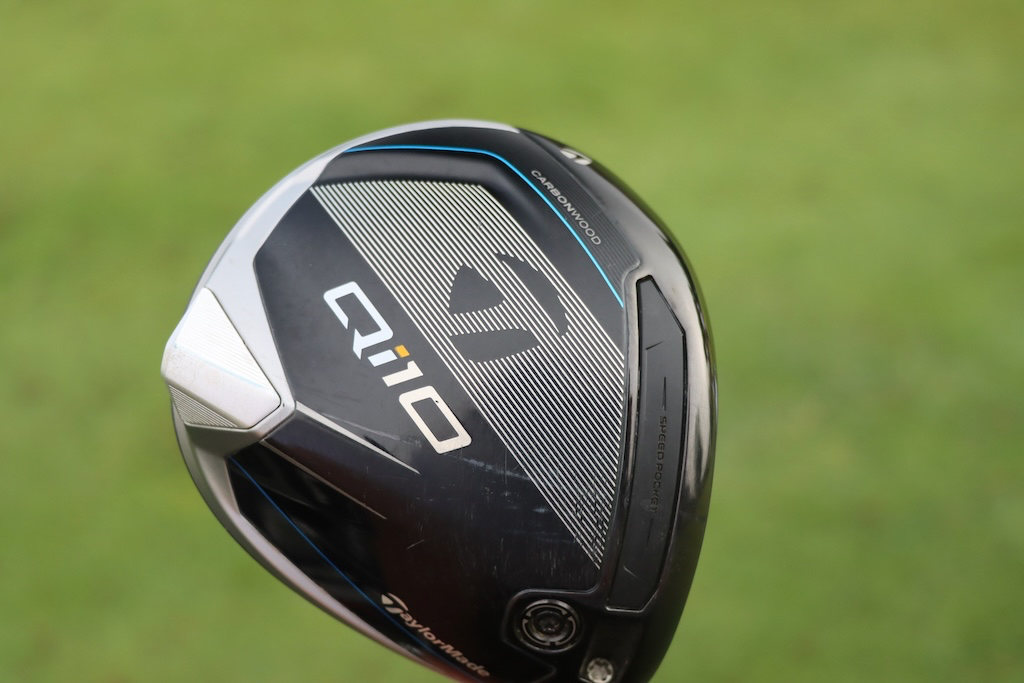

3-wood: TaylorMade Qi10 Tour (15 degrees @13.5)
Shaft: Mitsubishi Diamana WB 73 TX
Irons: TaylorMade P770 (2, 4), TaylorMade P7MB (5-PW)
Shafts: Mitsubishi Tensei 1K White 80 TX (2), Nippon N.S. Pro Modus3 Tour 120 X
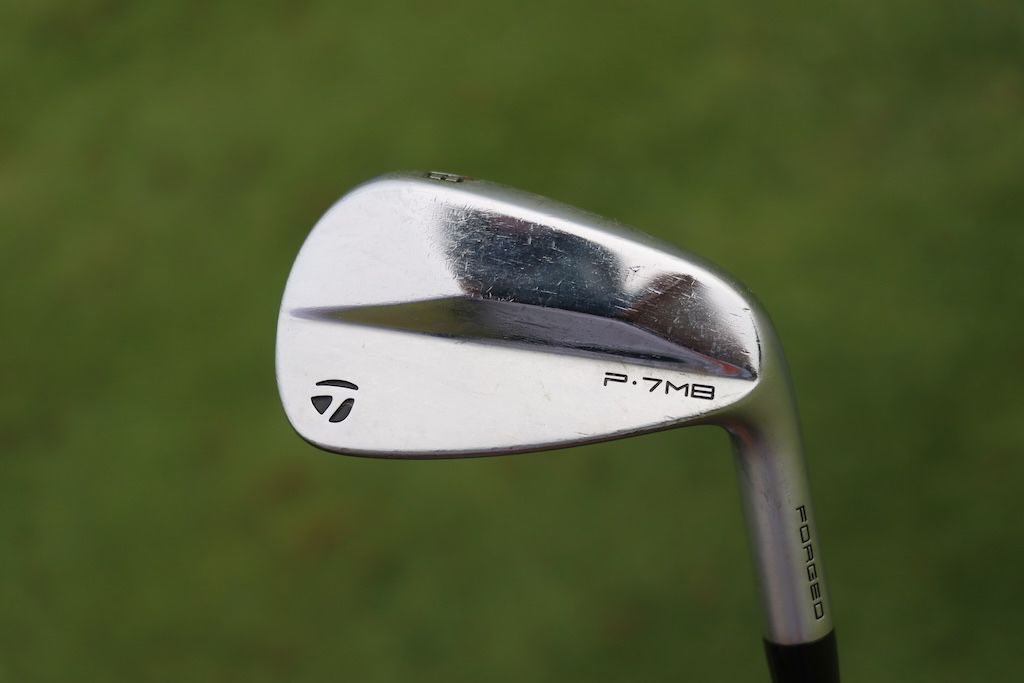

Wedges: TaylorMade MG4 (50-09SB, 56-12SB, 60-11TW)
Shafts: Nippon N.S. Pro Modus3 WV 125
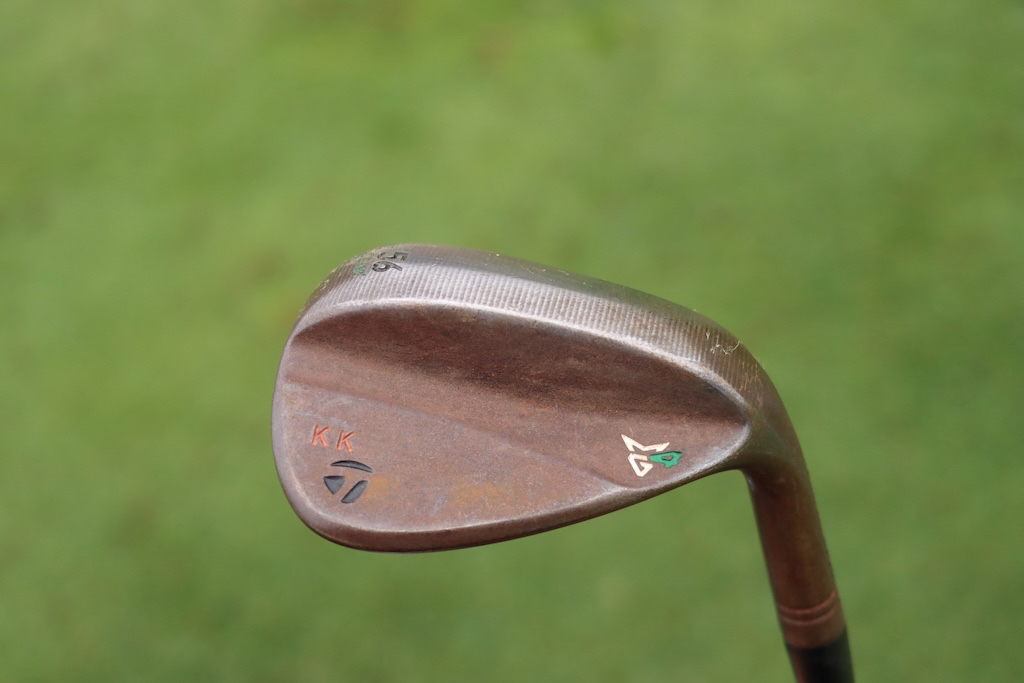

Putter: TaylorMade Spider Tour
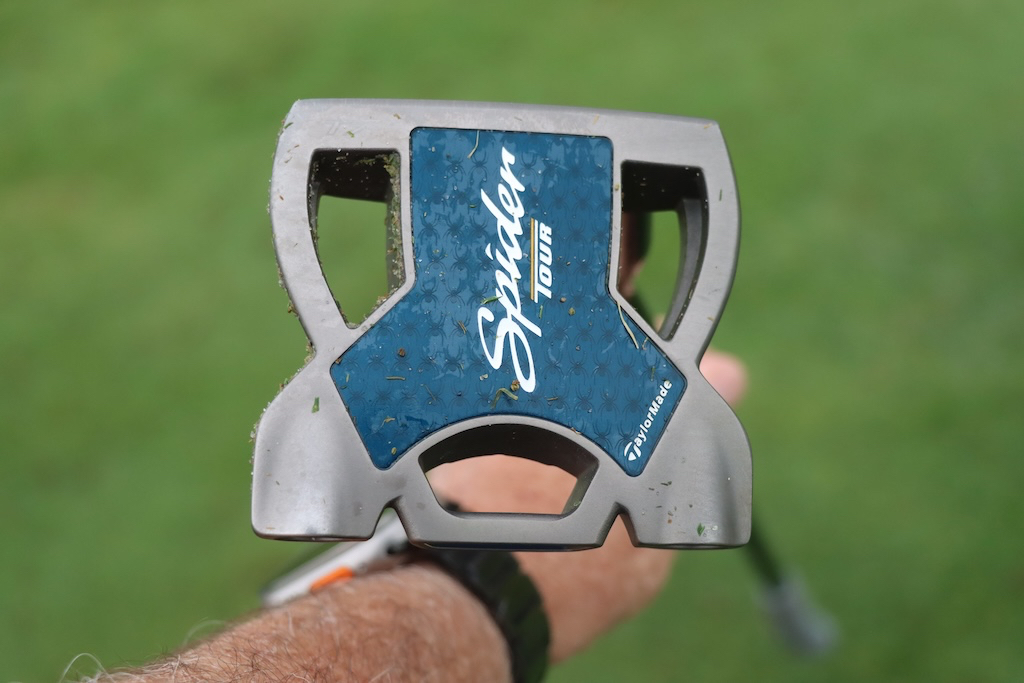
Grips: Golf Pride Tour Velvet Cord
Check out more in-hand photos of Kris Kim’s equipment here.
View this post on Instagram
- LIKE0
- LEGIT0
- WOW0
- LOL0
- IDHT0
- FLOP0
- OB0
- SHANK0
Equipment
Welcome to the family: TaylorMade launches PUDI and PDHY utility irons
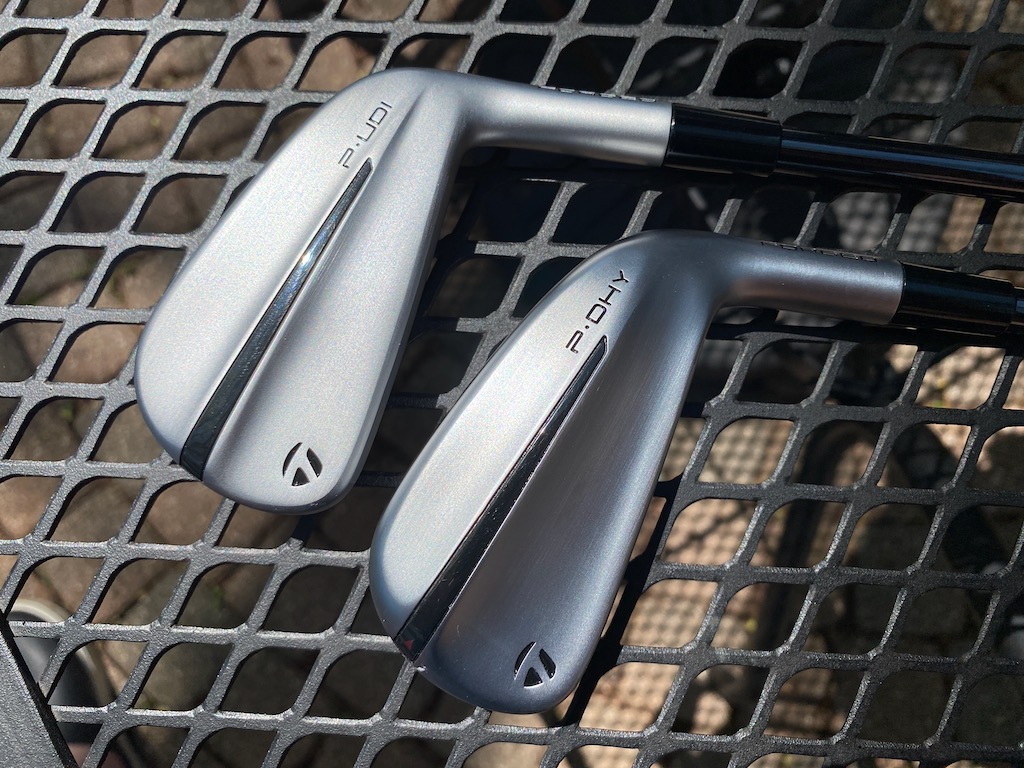
TaylorMade is continuing its UDI/DHY series with the successor to the Stealth UDI and DHY utility irons: PUDI and PDHY (which the company styles as P·UDI and P·DHY). TaylorMade is folding the designs in with its P Series of irons.
TaylorMade outlined the process of developing its new utilities this way. The company started with the data on utility iron usage. Not surprisingly, better players — i.e. those who generate more clubhead speed and strike the ball more precisely — were found to gravitate toward the UDI model. DHY usage, however, covered a wider swath than the company might have expected with six-to-18 handicappers found to be bagging the club.
TaylorMade also found that the majority of golfers playing UDI or DHY utilities were playing P Series irons at the top of their iron configurations.
Can you see where this is going?
Matt Bovee, Director of Product Creation, Iron and Wedge at TaylorMade: “As we look to the future, beyond the tech and the design language, we are excited about repositioning our utility irons into the P·Series family. P·UDI is an easy pair for players that currently play P·Series product and P·DHY is an extremely forgiving option for players of all skill levels. It is a natural fit to give these players the performance in this category that they are looking for.”
View this post on Instagram
TaylorMade PUDI
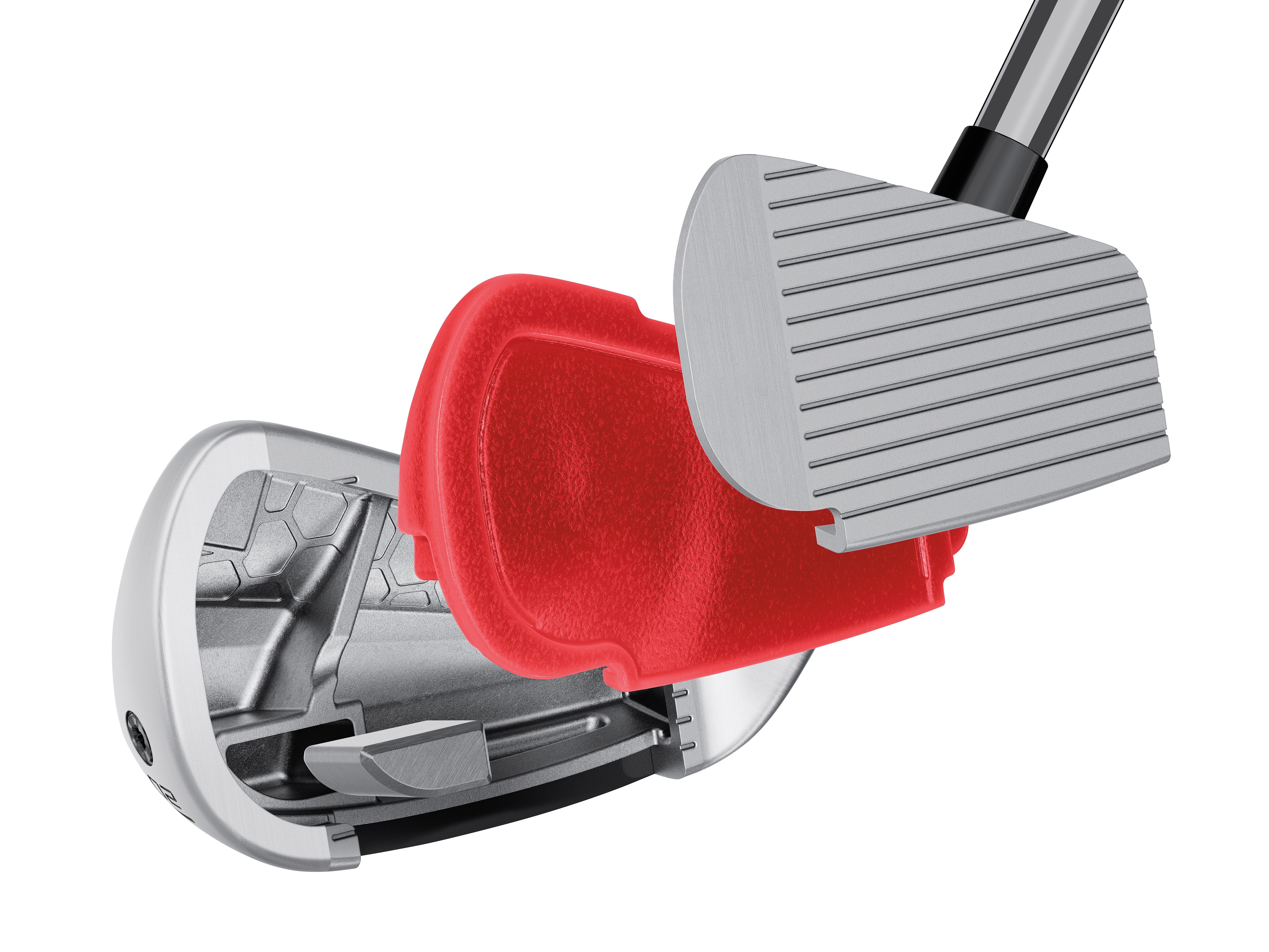
TaylorMade PUDI technology cutaway (via TaylorMade)
Crafted with tour player input, TaylorMade sought to develop a confidence-inspiring utility iron that blends with the rest of the P Series irons. Also of note: Interestingly, the PUDI has a more compact head than the P790.
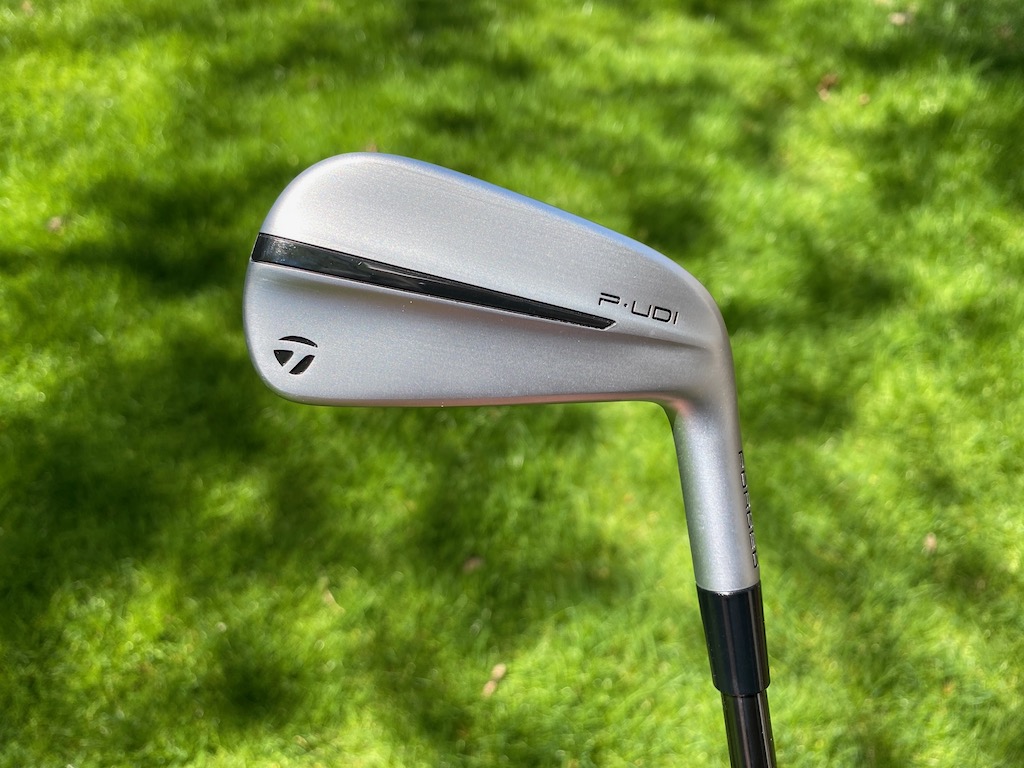
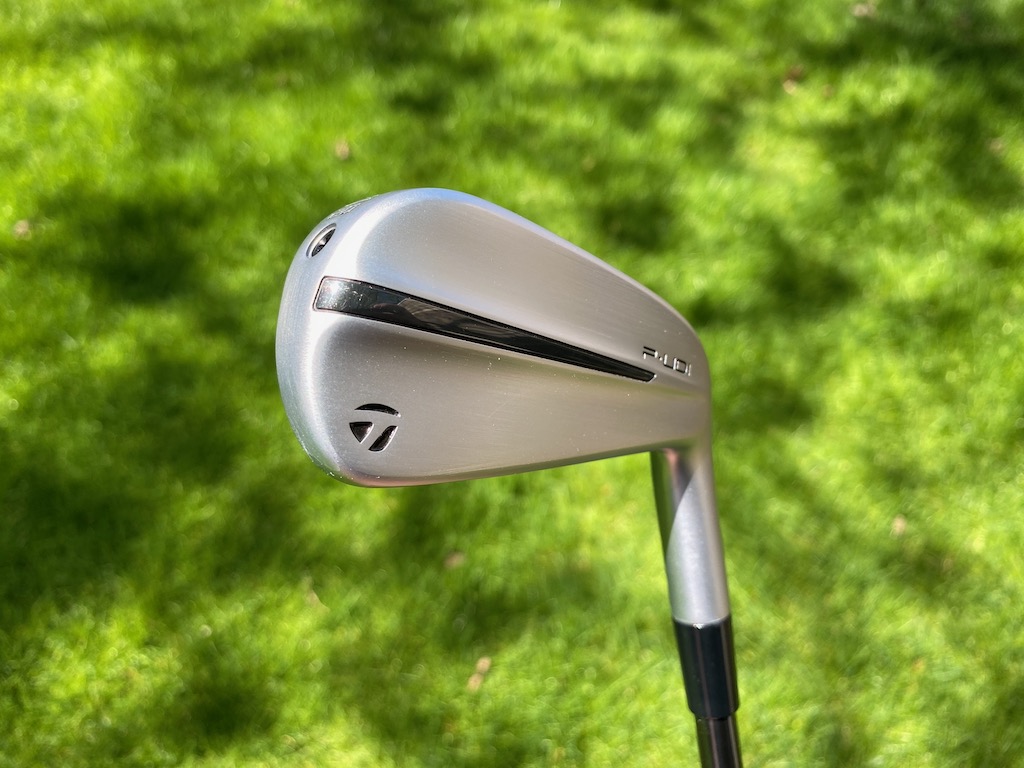
In comparison to past UDI products, the PUDI has a more traditional iron shape, slimmer toplines, and less offset with a little of the backbar visible at address.
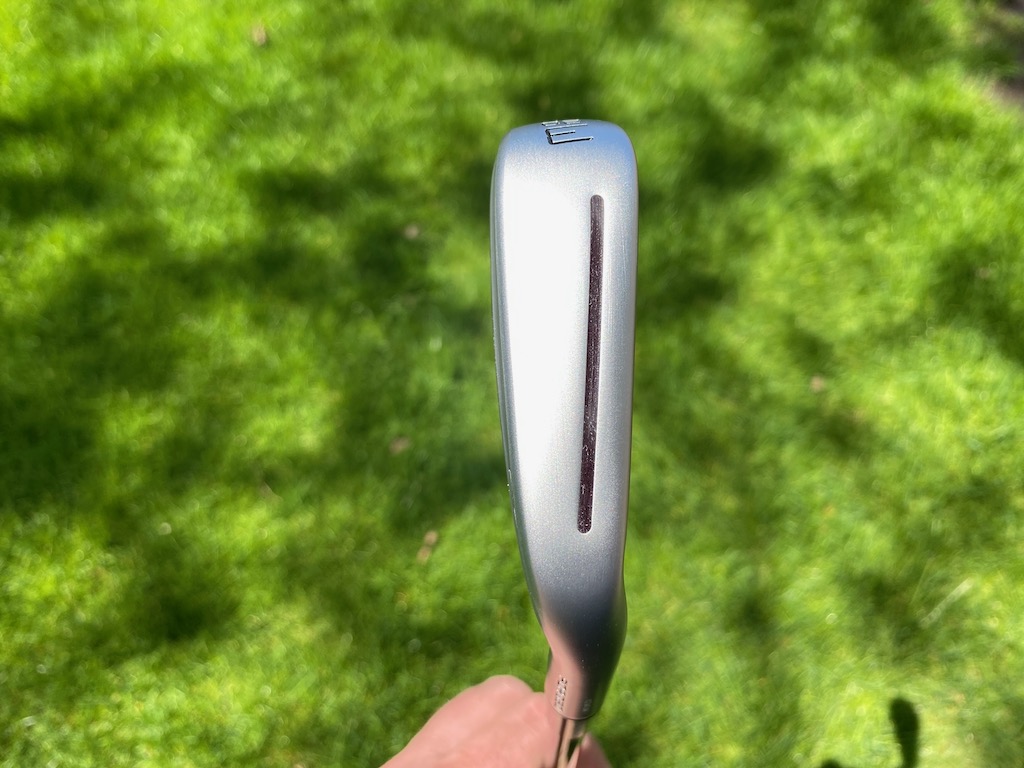

TaylorMade PDHY
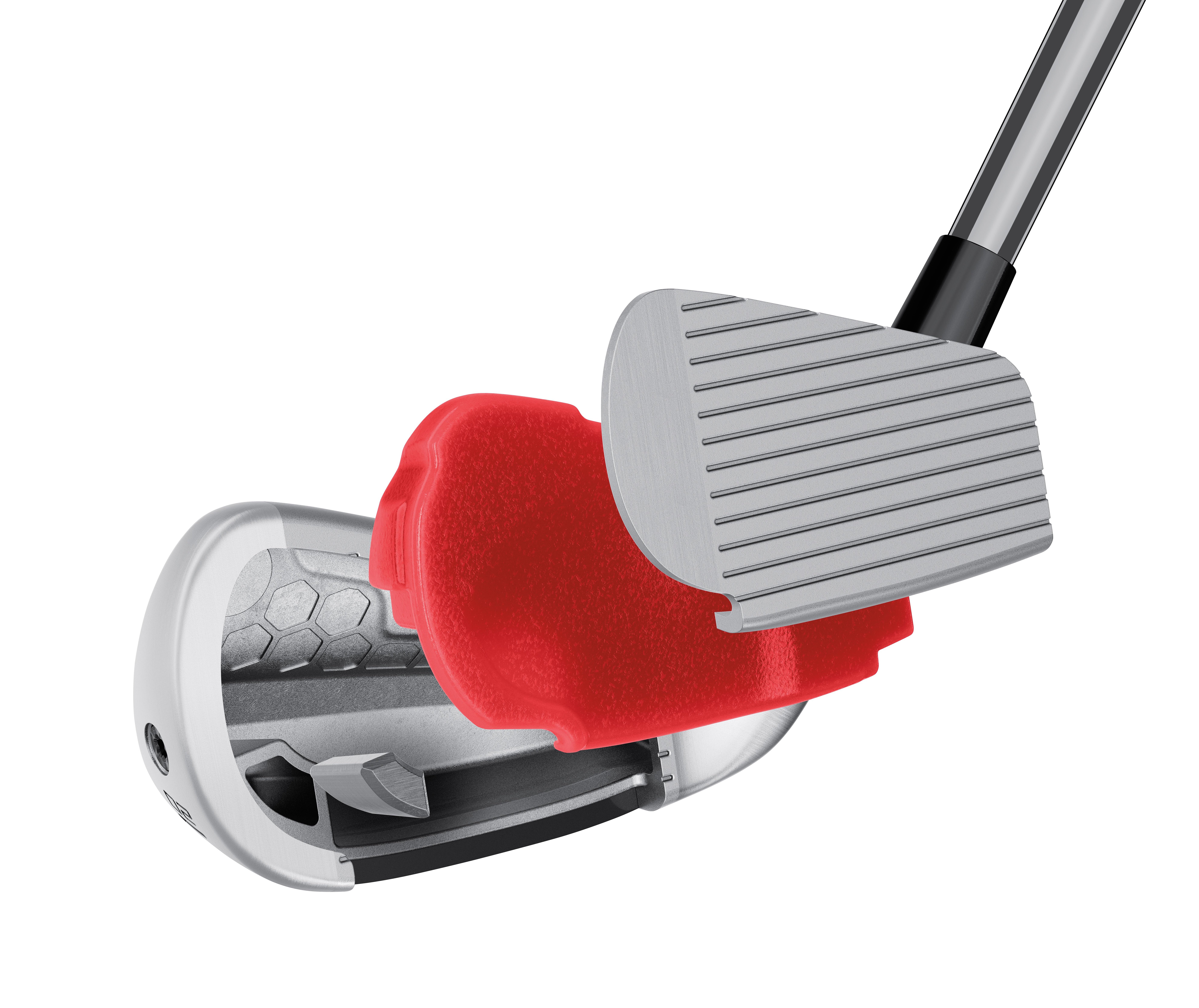
TaylorMade PDHY tech cutaway (via TaylorMade).
Larger in profile than the PUDI, the PDHY seeks to position center of gravity (CG) lower in the club for ease of launch. The toe height is larger and the profile is larger at address — roughly five millimeters longer than PUDI — the sole of the club is wider for improved forgiveness.
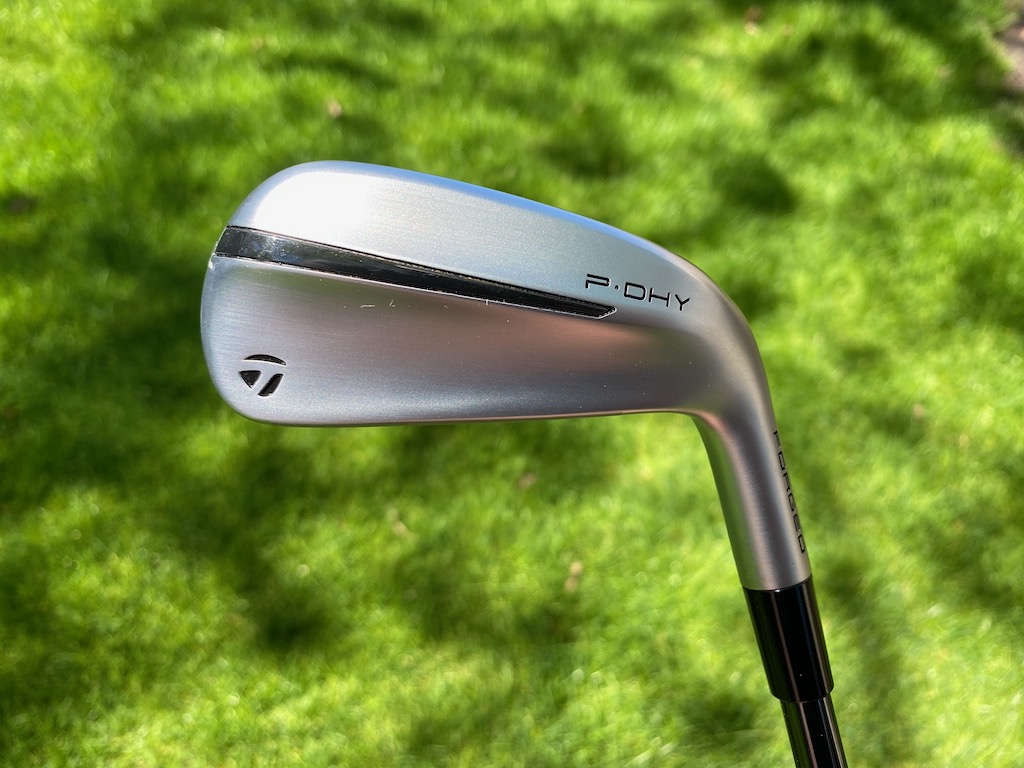



Club Junkie’s take
Golfers who feel like they are missing something at the top of the bag could find the PUDI or PDHY a great option. The look of the PUDI should fit the most discerning eye with a more compact look, less offset, and a thinner topline. If you want a little more confidence looking down the P-DHY will be slightly larger while still being a good-looking utility iron.
For being small packages both models pack a pretty good punch with fast ball speeds, even off-center. The feel is soft and you get a solid feel of the ball compressing off the face when you strike it well. Your ears are greeted with a nice heavy thud as the ball and club come together. The PDHY will launch a little higher for players who need it while the PUDI offers a more penetrating ball flight. Both utility irons could be the cure for an open spot in the top end of the bag.
PUDI, PDHY, or Rescue?
TaylorMade offers the following notes to assist golfers in filling out their bags:
- PUDI has mid-CG right behind the center face to create a more penetrating mid-to-low ball flight
- PDHY has a lower center of gravity to produce an easier-to-launch mid-to-high ball flight.
- Both PUDI and PDHY are lower-flying than the company’s hybrid/Rescue clubs.
- PUDI is more forgiving than P790.
- PDHY is the most forgiving iron in the entire TaylorMade iron family
Pricing, specs, and availability
Price: $249.99
At retail: Now
Stock shafts: UST Mamiya’s Recoil DART (105 X, 90 S and 75 R – only in PDHY)
Stock grip: Golf Pride’s ZGrip (black/grey)
PUDI lofts: 2-17°, 3-20°, 4-22° in both left and right-handed
PDHY lofts: 2-18°, 3-20° and 4-22° in both left and right-handed
- LIKE15
- LEGIT4
- WOW3
- LOL3
- IDHT1
- FLOP2
- OB2
- SHANK4
Equipment
Coolest thing for sale in the GolfWRX Classifieds (5/3/24): Scotty Cameron Champions Choice 2.5+ putter

At GolfWRX, we are a community of like-minded individuals that all experience and express our enjoyment of the game in many ways.
It’s that sense of community that drives day-to-day interactions in the forums on topics that range from best driver to what marker you use to mark your ball. It even allows us to share another thing we all love – buying and selling equipment.
Currently, in our GolfWRX buy/sell/trade (BST) forum, there is a listing for a Scotty Cameron Champions Choice 2.5+ putter
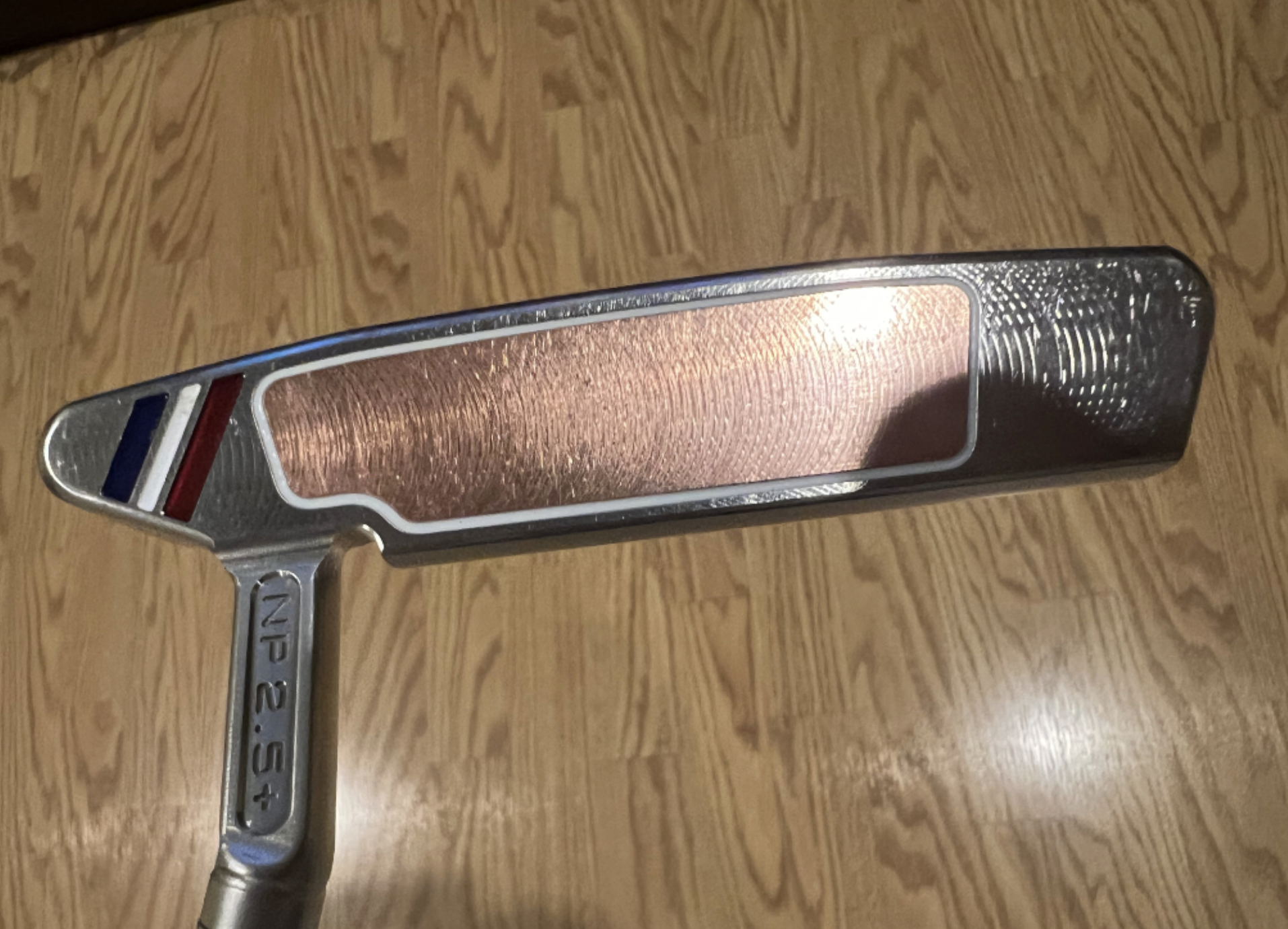
From the seller: (@wwcl): “Has been gamed as pics show. 33.5 includes original h/c and grip. $575 includes shipping and PP fees.”
To check out the full listing in our BST forum, head through the link: Scotty Cameron Champions Choice 2.5+ putter
This is the most impressive current listing from the GolfWRX BST, and if you are curious about the rules to participate in the BST Forum you can check them out here: GolfWRX BST Rules
- LIKE1
- LEGIT1
- WOW0
- LOL0
- IDHT0
- FLOP0
- OB0
- SHANK0
-

 19th Hole2 weeks ago
19th Hole2 weeks agoJustin Thomas on the equipment choice of Scottie Scheffler that he thinks is ‘weird’
-

 19th Hole2 weeks ago
19th Hole2 weeks ago‘Absolutely crazy’ – Major champ lays into Patrick Cantlay over his decision on final hole of RBC Heritage
-

 19th Hole3 weeks ago
19th Hole3 weeks agoTwo star names reportedly blanked Jon Rahm all week at the Masters
-

 19th Hole3 weeks ago
19th Hole3 weeks agoReport: LIV Golf identifies latest star name they hope to sign to breakaway tour
-

 19th Hole3 weeks ago
19th Hole3 weeks agoNeal Shipley presser ends in awkward fashion after reporter claims Tiger handed him note on 8th fairway
-

 19th Hole3 weeks ago
19th Hole3 weeks agoBrandel Chamblee has ‘no doubt’ who started the McIlroy/LIV rumor and why
-

 19th Hole1 week ago
19th Hole1 week agoLET pro gives detailed financial breakdown of first week on tour…and the net result may shock you
-

 Equipment3 weeks ago
Equipment3 weeks agoJason Day on his recent switch into Srixon ZX5 and ZX7 Mk II irons



